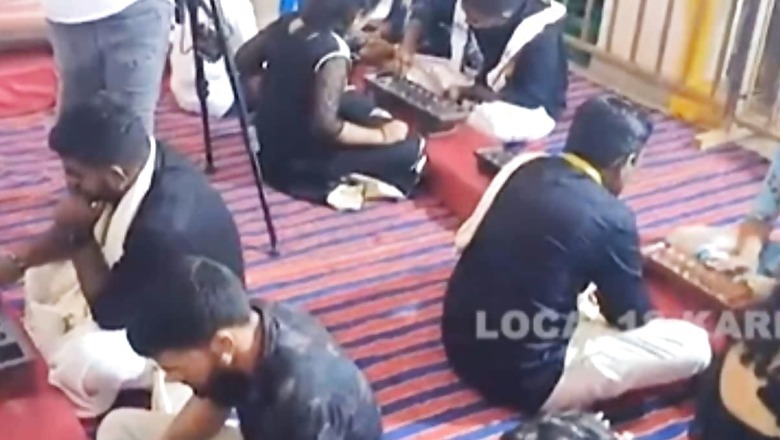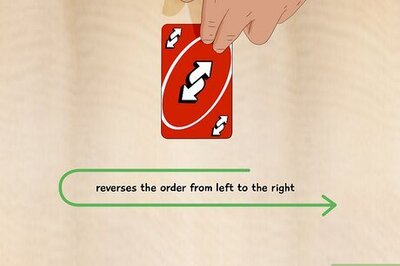
views
Chennemane or Chenneda Mane is a popular indoor game played in the Tulunadu region during the month of Aati. This game is symbolic of Tulunadu culture and heritage. It is interesting for all age groups from 3-year-olds to 100-year-olds. For the family members, it was a great way to bond with each other by playing for hours. There is a belief that the game should not be played between husband and wife or between two sisters as it would lead to arguments.
The beauty of this game is not only its recreational value but also boosts the intelligence quotient as it has some features of the popular game of chess. It is a reflection of the supremacy of the ruler in the society. The rental system to use the property of the king or the landlords shows the political, social and economic imbalance of power in the earlier times.
Mane, the Tulu word for the wooden board, is rectangular. The design of the board (mane) varies from place to place. There are no standard measurements for the mane. The game is played with the seeds of local trees like the pongar (pongar), the coral tree or manjottikai gulagunji. Popularly, it is called ‘chennedakai’ or ‘bithu’ in the local language. The manjottikai, available in abundance, is the most commonly used seed in the game. Fifty-six seeds are required for the game.
This game shows how closely the people of Tulunadu are associated with agriculture. Since there was not much to do in the fields during the Aati phase due to heavy rains, people preferred to play games indoors. Many of the terms used in the game are linked to agriculture. For example, ‘bule perga’ (the yield) and ‘muguli’ (three seeds) indicate the green shoots of a plant.
Traditionally, Chennemane is played on the full moon day in the month of Aati after drinking ‘Metteda Ganji’ or ‘Paale Kasaya’. The game is played till Krishnastami. Then the manes are kept and removed only on the next Aati. Most of the common people had the mane made of wood while the kings of the region made it out of gold or silver.
There are 40 different ways of playing the Chennemane. The most commonly played variant is the ‘Bule Perga’ which is played between two people and the ‘Arasu Aate’ which is played between three people – an Aarasu (king), the Pradaane (the minister) and Geni (a tenant).
There is also the ‘Seete Aata’ which can be played by only one person. This is a never-ending game. It is said that this is the game played by Goddess Sita while waiting for Lord Rama. In this way, there are different variations of the game namely Joduperga, Kodillkatta, Mantriyata, Ajjinakar, Katari, Mata, Ekkadi, Kompalachenne, Anchil-Bachil, ArateMukve and ErateKatte.
















Comments
0 comment